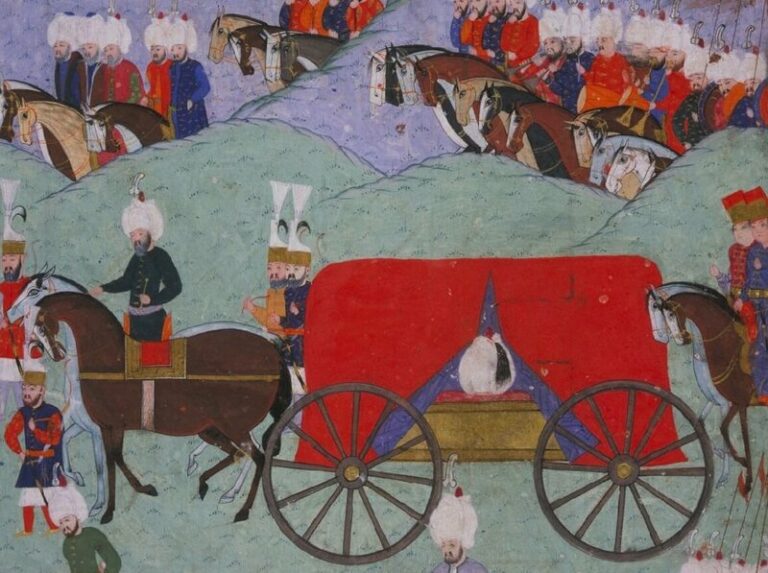The imaging of Africans in Turkey is indicative of the extant register of cultural understanding in the Turkish popular imagination regarding the imaginability, knowability, and understandability of Black form represented. In Turkish popular culture, the figures of the arap baci, baci kalfa, and dadi index this register. This essay takes the representation of Africans on Turkish popular television through the combined usage of blackface-like and drag-like techniques to configure the figures of the arap baci, baci kalfa, and dadi and juxtaposes it against the material ways Turks of African descent have found to figure themselves within the public sphere. This juxtaposition demonstrates how Blackness and Black form are not perennial processes but rather constructed measures that come into relief.
Articles by Bam Willoughby
Bam Willoughby is a PhD candidate in the Africana Studies & Research Center at Cornell University. Their work variously investigates Black historiographies of Ottoman and post-Ottoman worlds, proletarianization of Africans in the Ottoman Empire, geographies of African-descended populations in contemporary Turkey, climatology and morphology, how community relationships to agricultural labor tell time, relationships between so-called Middle Eastern and so-called Western scientific discourse, and Indigenous epistemologies and how we might draw upon this data to challenge prevailing notions of Blackness and ultimately theorize what they have termed a "Black bios." Bam's dissertation investigates how the manumission of enslaved Africans in Northern Africa at the end of the nineteenth century and their subsequent relocation into Southwestern Anatolia for the express purpose of land cultivation—all within the context of their "freedom"—served as a driver for "Black" identity formation in contemporary Turkey, and provides a scaffolding for contextualizing the kinds of conditions that have made "Black" Aegean, rural, living, livelihood, and survival (im)possible in contemporary Turkey.
